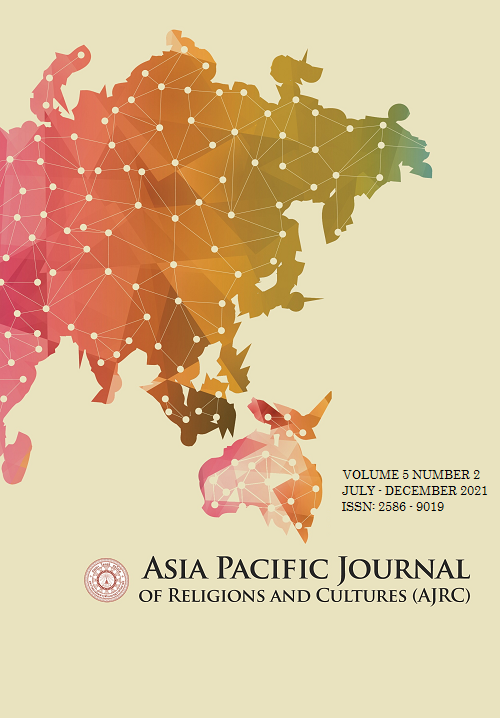Carbon Footprint Assessment of Internal Transportation of Laed Factory and Guideline to Reduce Carbon Footprint
Main Article Content
Abstract
Greenhouse Gas emission is a cause of global warming problem. Carbon footprint from the manufacture of a product indicates the amount of greenhouse gas emitted from the manufacture of that product. This research work has two objectives, namely, 1) to assess the carbon footprint of internal transportation of lead factory, and 2) to find ways to reduce carbon footprint and greenhouse gas that is emitted from internal transportation of lead factory that recycles used batteries in order to get lead that is the raw material for the manufacture of lead ingot, the total weight of with is 1,000 kilograms.
The findings from the study show that the carbon footprint of the internal transportation of raw material in the preparation of the raw material is higher than the carbon footprint from other transportation process. It is found out that the carbon footprints are 143.23, 112.33, 78.46 kg CO2e per product ton for 2018, 2019 and 2020, respectively. It is also found out that the carbon footprints of the internal transportation in the factory for the production of lead ingot are lowest, or 0.22, 0.97, 0.90 kg CO2e per product ton in 2018, 2019 and 2020, respectively.
As for the transportation for the preparation of raw material for producing pure lead and supportive process, it is discovered that the carbon footprints from the production of rough lead are the highest ones in all the three years, followed by the carbon footprint from the preparation of raw material for lead with calcium.
Concerning the carbon footprints from the transportation of raw materials, sorted by products, it is found out that the carbon footprint from the transportation of raw material for the production of pure lead is the highest of all.
Article Details
References
Intergovernmental Panel on Climate Change (IPCC). (2001). Climate Change 2001: The Physical Science Basis. New York: Cambridge University Press.
Intergovernmental Panel on Climate Change (IPCC). (2007). Climate Change 2007: The Physical Science Basis. Canada: Friesens.
Intergovernmental Panel on Climate Change (IPCC). (2015). Climate Change 2014 Synthesis Report Summary for Policymakers. Retrieved May 1, 2016, from https://www.ipcc.ch/pdf/assessment-report/ar5/syr/AR5_SYR_FINAL_SPM.pdf
International Lead Association (ILA). (2014). Lead Base Battery. Retrieved November 1, 2014, from http://www.ila-lead.org/responsibility/life-cycle-analysis.
International Lead Association (ILA). (2014). Lead Metal Production LCA. Retrieved November 6, 2014, from http://www.ila-lead.org/responsibility/life-cycle-analysis.
Office of Primary Industries. (2013). Guidelines for creating a product life cycle database: Raw sugar products. Bangkok: Orbit Graphics.
Thailand Automotive Institute. (2012). Ministry of Industry. Institute of Motor Vehicles Automotive Industry. Master Plan 2012 – 2016.
Thailand Greenhouse Gas Management Organization (Public Organization). (2007). Carbon Label /Carbon Foot Print Product. Source: http://www.tgo.or.th/2015/thai /content.php, Jan 8, 2018.


